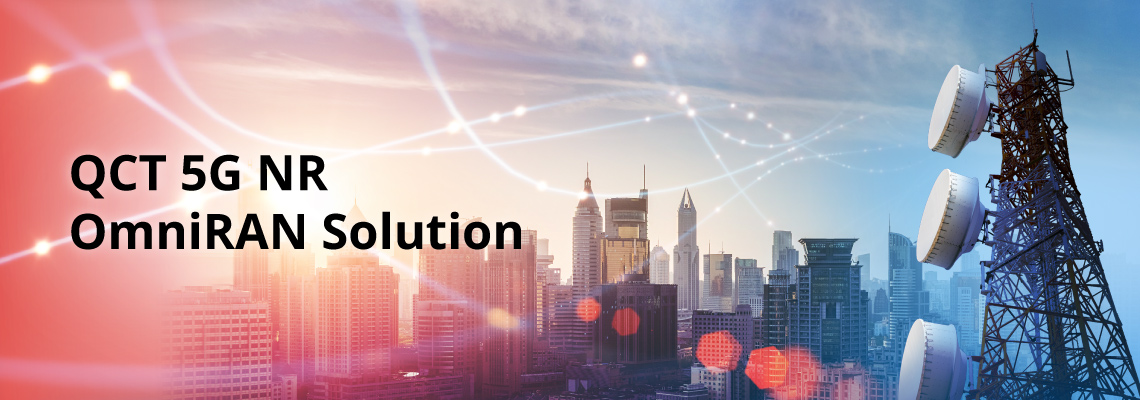
OmniRAN is QCT’s radio access network solution that helps coordinate network resources across various wireless devices to enable innovative applications such as AR/VR, AGV/AMR, drones and cloud gaming. OmniRAN supports our customers with robust and performant edge appliances to deliver the flexibility, operational efficiency, and network agility they need.
Disaggregated Platform
Baseband Unit (BBU) software built on top of x86 Edge purpose servers.
Standard Compatibility
3GPP-compliant to interwork with various 5G terminals.
Expandable Ratio Network at a Single Cell
Depending on field coverage requirements, each Fronthaul Gateway (FHGW) can support multiple Remote Radio Units (RRUs). With cascade mode, each cell can support multiple FHGWs to expand the radio network coverage.
Various Coverage Options
Both indoor and outdoor options are available to meet various deployment scenarios in customer fields.
Configurable Uplink-Downlink Throughput Ratio
Configurable slot formats to accommodate varying uplink and downlink throughputs for different use cases.
Standard time synchronization protocol
According to 1588v2, FHGW receives GPS signal or external 1588 packet to synchronize time with RRUs and BBU.
Explore QCT OmniRAN Solution
To deliver higher speeds and mobility, QCT OmniRAN leverages and maximizes the capacity of Baseband Units (BBUs), Fronthaul Gateways (FHGWs), Remote Radio Units (RRUs), and RAN software to enable multiple applications.
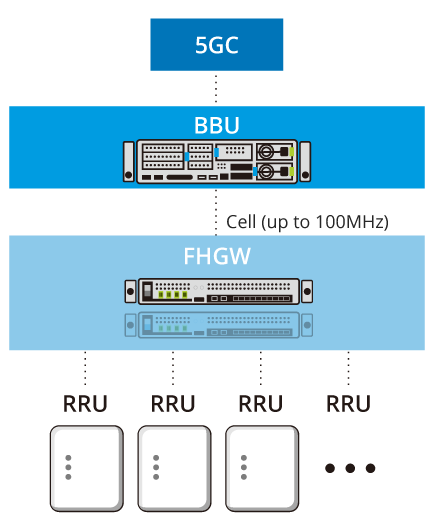
OmniRAN Features
- O-RAN 7-2 Function Split
- Supported Frequency Bands: n48, n78, n79
- Supported bandwidth: Up to 100MHz per cell
- Expandability: A BBU can support multiple RRUs through the FHGW. Under the cascade mode, each cell can support multiple FHGWs to expand coverage.
- Flexibility: Supports both Indoor and Outdoor RRUs
- Time synchronization: IEEE 1588v2, GPS
- Configurability: Various UL/DL slot format options
Product Specifications

Powered by ![]()
| Model Name | OmniRAN-E5GBBU |
| Processor | Intel® Xeon® Scalable Processors |
| Standard | 3GPP R15 SA |
| Modulation | Downlink: QPSK, 16QAM, 64QAM, 256QAM Uplink: QPSK, 16QAM, 64QAM |
| Active User/ Connected User | 128 active UE/384 connected UE |
| Cell bandwidth | Support up to 100 MHz per cell |
| Frame Structure | Pattern 1: DDDSUDDSUU Pattern 2: DDSUU Pattern 3: DSUUU Pattern4: DDDSUU DDDD (TDD-Sync for Japan) Pattern5: DDDSUU DSUU (Semi-Sync for Japan) |
| Environment | Environment |
| Dimension and Weight | (W) 447.8 x (H) 86.3 x (D) 420 (mm); 25 kg |
| Power consumption | < 800W |

| Model Name | IronRAN-FG GenA |
| RRU Support | Support RRU up to 100 MHz; Multiple RRUs supported |
| Time Synchronization | Embedded GPS module or external 1588 PTP packet (IEEE 1588v2 grand master) |
| Cascade | 1 cell supports multiple FH-GWs |
| Ingress Protection | IP20 |
| Power Supply | 110/220V AC |
| Power Consumption | <70W |
| Dimensions and Weight | (W) 446 x (H) 44.5 x (D) 250 (mm); 4.3 kg |
| Power for RRU | +54V DC |
| Environment | Environment |
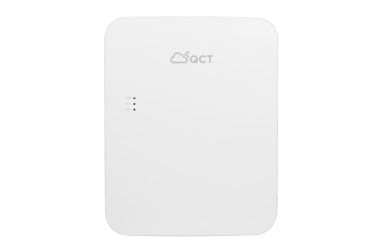
| Model Name | IronRAN-RUx PI GenA |
| Band | n48, 3550 MHz – 3700 MHz n78, 3300 MHz – 3800 MHz n79, 4600 MHz – 4900 MHz |
| Bandwidth | Support up to 100 MHz |
| MIMO | 4T4R |
| RF Output Power | maximum 4x 250mW |
| Synchronization | IEEE 1588v2 |
| Placement | Wall mount & ceiling mount |
| Function Split | O-RAN option 7-2 |
| Power Supply | 54V DC (by FHGW) or 110/220V AC (By local power supply with adapter) |
| Power Consumption | 60W |
| Dimension and Weight | 205(W) x 259(H) x 52(D) mm without mount kit 205(W) x 259(H) x 72(D) mm with mount kit 1.34 kg |
| Environment | Operating temperature: -5°C ~ 45°C Operating relative humidity: 5% ~ 95% |
| Noise | Under normal temperature (25°C ) < 40 dBA |
| Ingress Protection | IP30 |
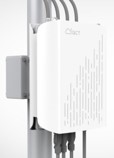
| Model Name | IronRAN-RUx MO GenA |
| Band | n48, 3550 MHz – 3700 MHz n78, 3300 MHz – 3800 MHz n79, 4600 MHz – 4900 MHz |
| Bandwidth | Support up to 100 MHz |
| MIMO | 4T4R |
| RF Output Power | maximum 4x 5W |
| Synchronization | IEEE 1588v2 |
| Placement | Wall mount & Pole mount |
| Function Split | O-RAN option 7-2 |
| Power Supply | 110/ 220V AC |
| Power Consumption | 180W |
| Fan | Fanless design |
| Dimension and Weight | 355(W)*418.5(H)*165(D) mm 15kg |
| Environment | Environment Operating temperature: -40°C ~ 55°C (best case) Operating relative humidity: 5% ~ 95% |
| Ingress Protection | IP65 |
QCT OmniRAN in US Market - Citizens Broadband Radio Service (CBRS)
Targeting the US market, QCT OmniRAN fulfills US requirements for the Citizens Broadband Radio Service (CBRS). CBRS comprises 150 MHz (n48, 3550-3700MHz) shared spectrum for US public use with 3-tier usage prioritizing. QCT supports Priority Access License (PAL) and General Authorized Access (GAA) user requirements.

*CBRS 3 Tiers’ Users: Federal Communications Commission (FCC) requires that GAA users cannot interfere with PAL or incumbent users, and PAL users cannot interfere with incumbent users.
QCT OmniRAN CBRS is controlled by a Spectrum Access System (SAS), the frequency coordination system across the 3 tiers. SAS is operated by third party providers authorized by Federal Communications Commission (FCC).
Citizens Broadband Radio Service Devices (CBSDs), or the RRUs, will register with a SAS for CBRS services and subsequently request its spectrum granted through Domain-Proxy as the proxy role.
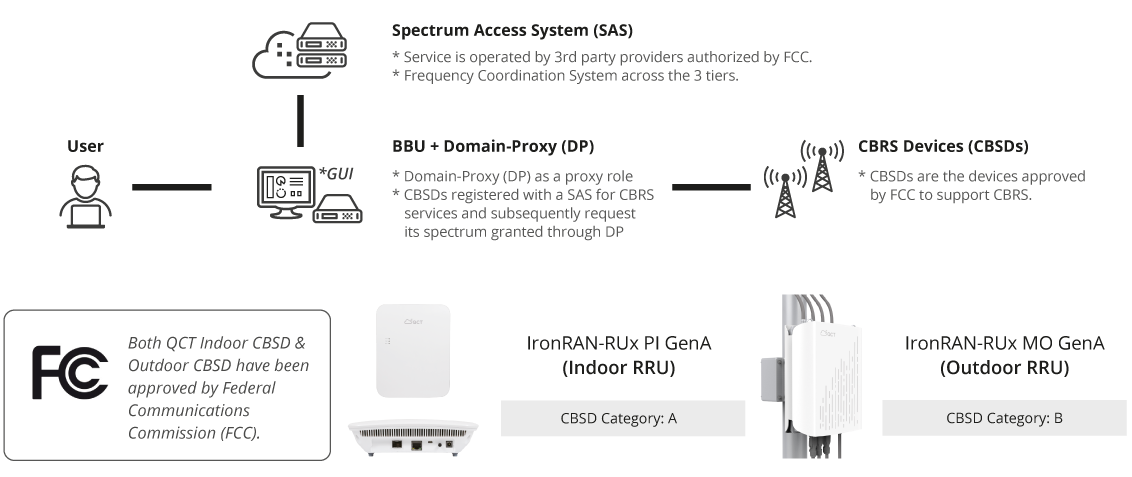
Looking for your solution?
Get QCT Support
Meet Us at Our Spots
Interop Tokyo
Booth #5S24, Makuhari Messe (幕張メッセ) , Tokyo JP
Intel Connect
Booth #QCT, 東京ミッドタウンホール A+B, Tokyo JP
3GPP 100th Plenary Meeting
Booth #QCT, TaiNEX Hall 2 (7F) , Taipei TW
AMD Solutions Day
Booth #QCT, Taipei Marriott Hotel, Taipei TW
COMNEXT
Booth #Taiwan Hall, Tokyo Big Sight West Hall, Tokyo JP
MWC Shanghai
Booth #N1.F138, Shanghai New International Expo Centre (SNIEC), Shanghai CN
